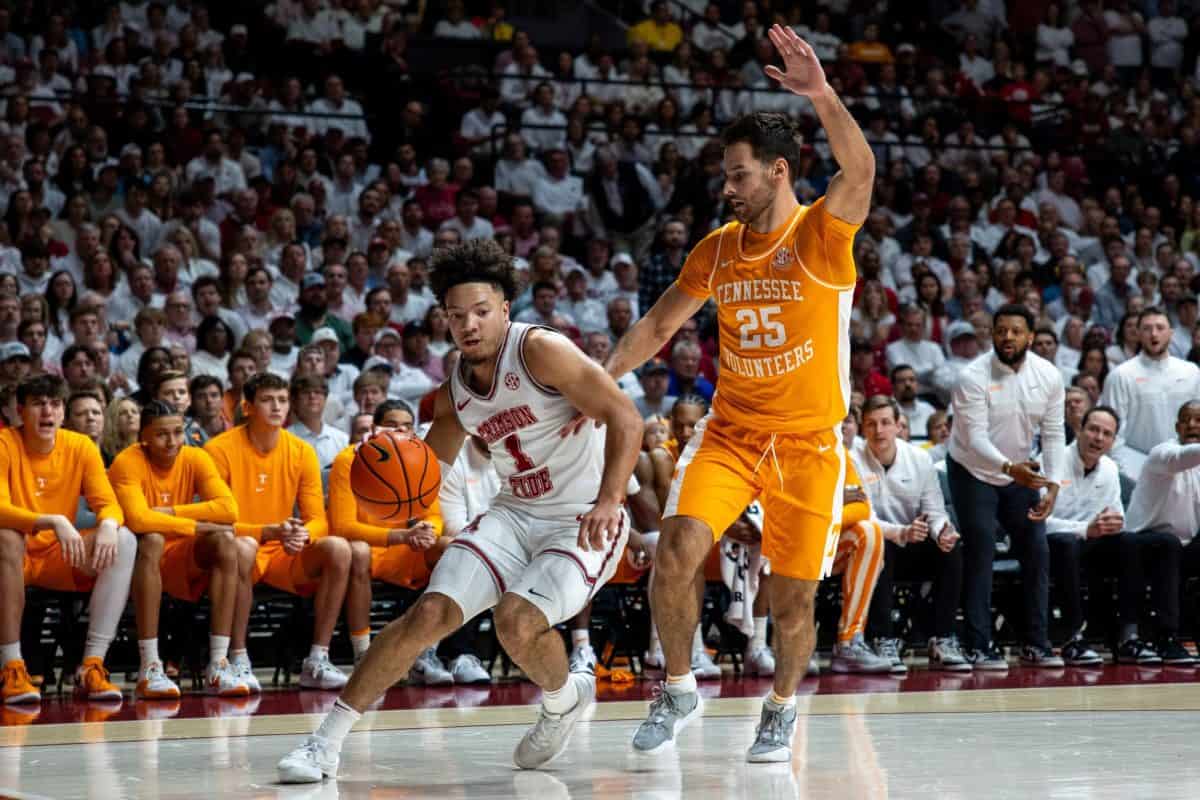Just over a century ago, the United States was encountering the advent of the semi-automatic handgun. These high-capacity weapons are a far cry from the pretenses under which the founding fathers penned our nation’s first governing documents. And let’s assume you aren’t an “originalist,” as Ron Swanson put it, stepping for a moment out of his enigmatic character to address the 2014 Congressional Correspondents’ Dinner – “I believe every man and woman has the right to bare arms. But only the arms that our forefathers bore in the 18th century.”
Due to the weakening availability of muskets and ambiguity with their legal ownership, let’s simply assume you’re not an originalist. Then we may begin to address the superstition that the addition of guns in any given situation improves the safety of all individuals involved. No person of sound moral fortitude or sincere mental faculty could tell me that today’s tragedy at UCLA or any of the other 185 shootings on college campuses since 2013 could have been prevented by adding guns into the mix. As much as I admire my peers in Tuscaloosa, my fellow students are among the last individuals I wish to be toting guns at all times – perpetually being vigilant of the next catastrophe – on campus, in the classroom, in dense areas.
As with the flippancy of an ambulance down in the valley conveys, preventative measures remain the only sensible address to violence impacting college campuses. What result would additional guns have on the situation at Stillman in 2013 when a student was shot and injured after an argument? Or the one just this year at Tuskegee in which two students were shot after an altercation? What about the countless other occasions across the nation where students have been injured and killed by guns? And given the overwhelming consensus that gun availability correlates heavily to firearm suicides (sometimes quadrupling the rate), I invite you to think about the unspeakable amount of suicides that have been prevented by disallowing students to possess guns. More guns mean more victims.
And yet, while all this is common sense, statistics agree with the bottom line: gun-free zones work – they save lives. Anyone telling you otherwise is selling a false prospectus. I find it excruciatingly unironic that college campuses, bastions of gunlessness, are the destinations with the least violent crime. I encourage you, dear reader, to apply the core values of these institutions of higher education to the dialogue we have about guns in our country: rigorous research, method and above all, objectivity. Perhaps then we will not be forced to rely on the ambulance down in the valley.
Grayson Everett is a sophomore majoring in communication studies and public relations from Huntsville, AL. He serves the SGA as a member of the Executive Cabinet.








